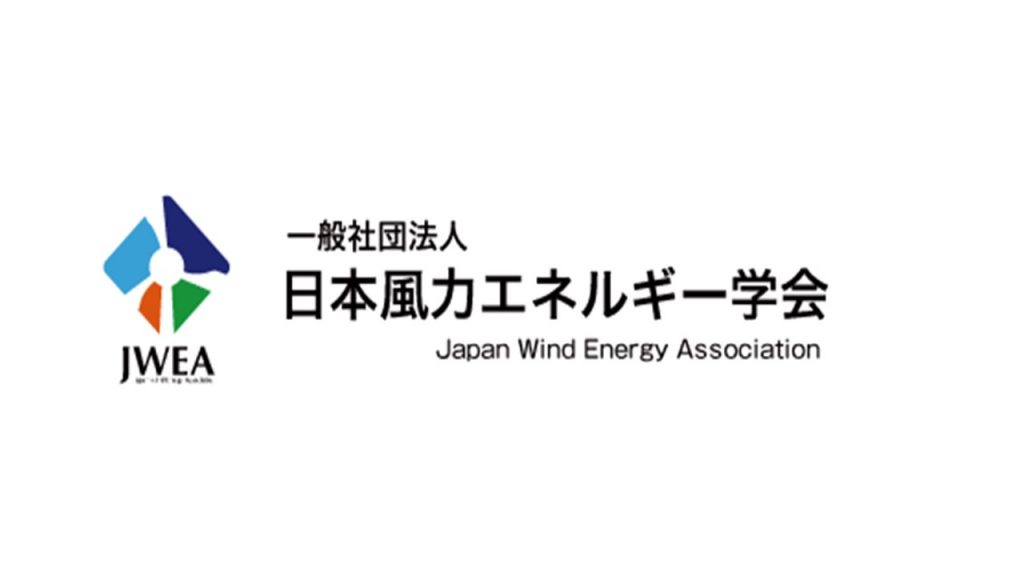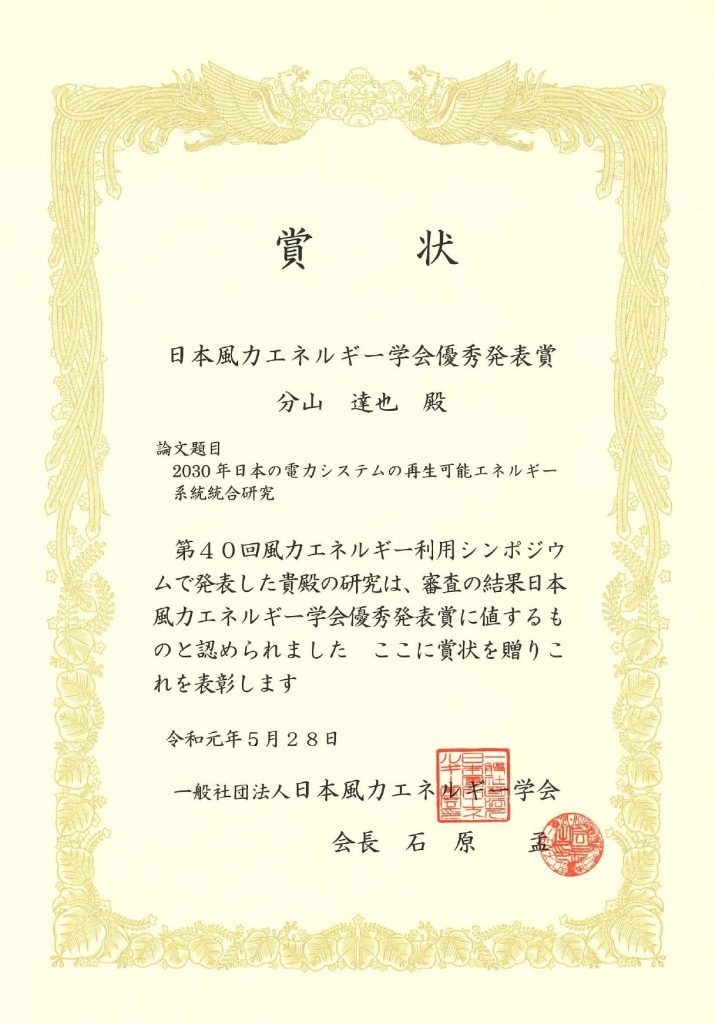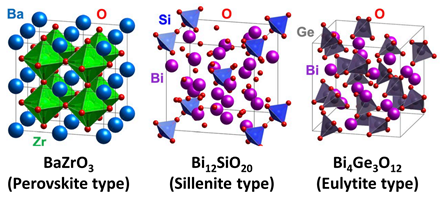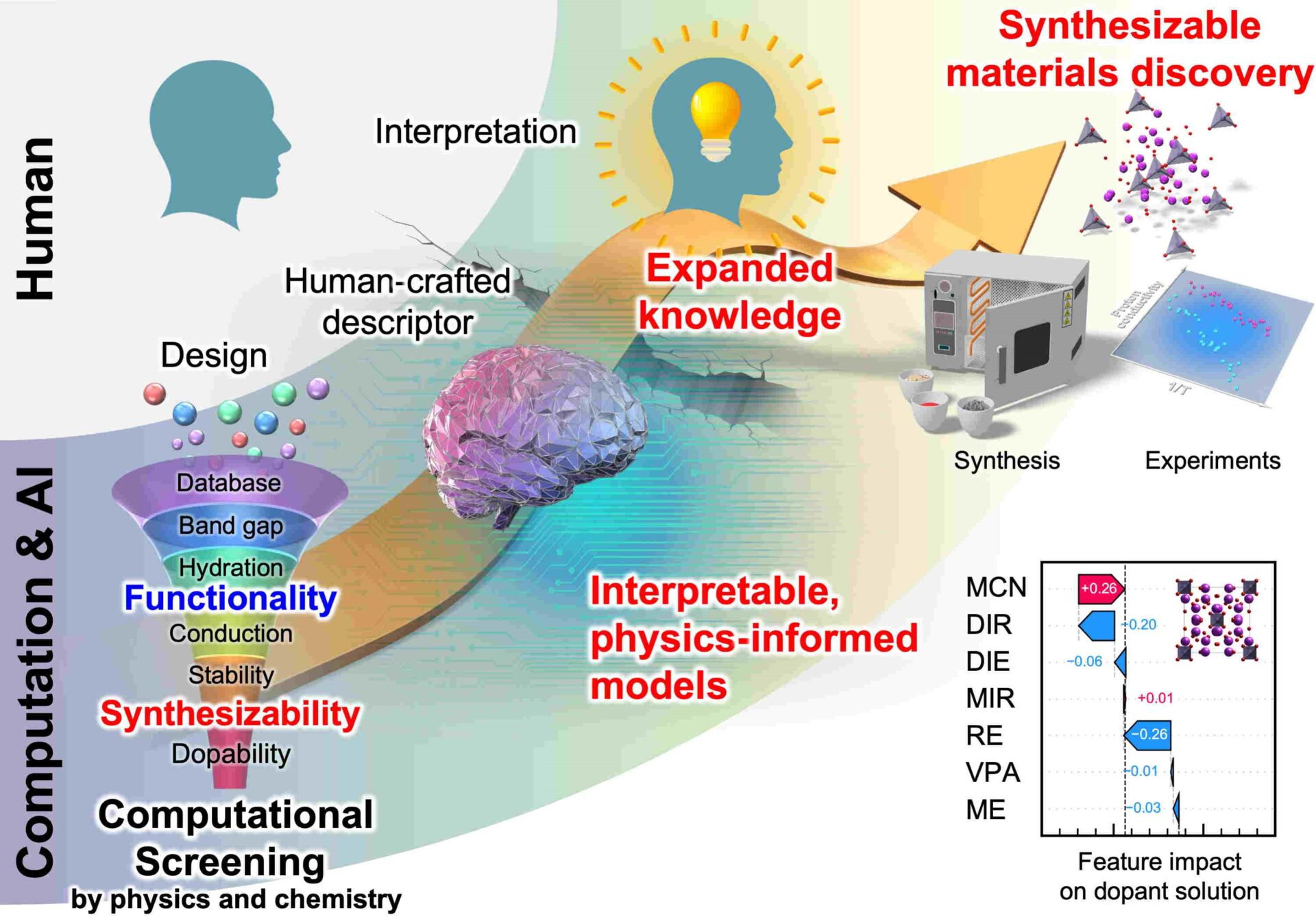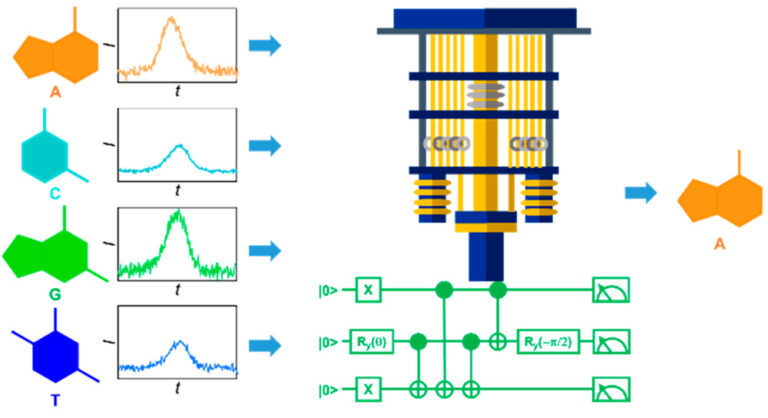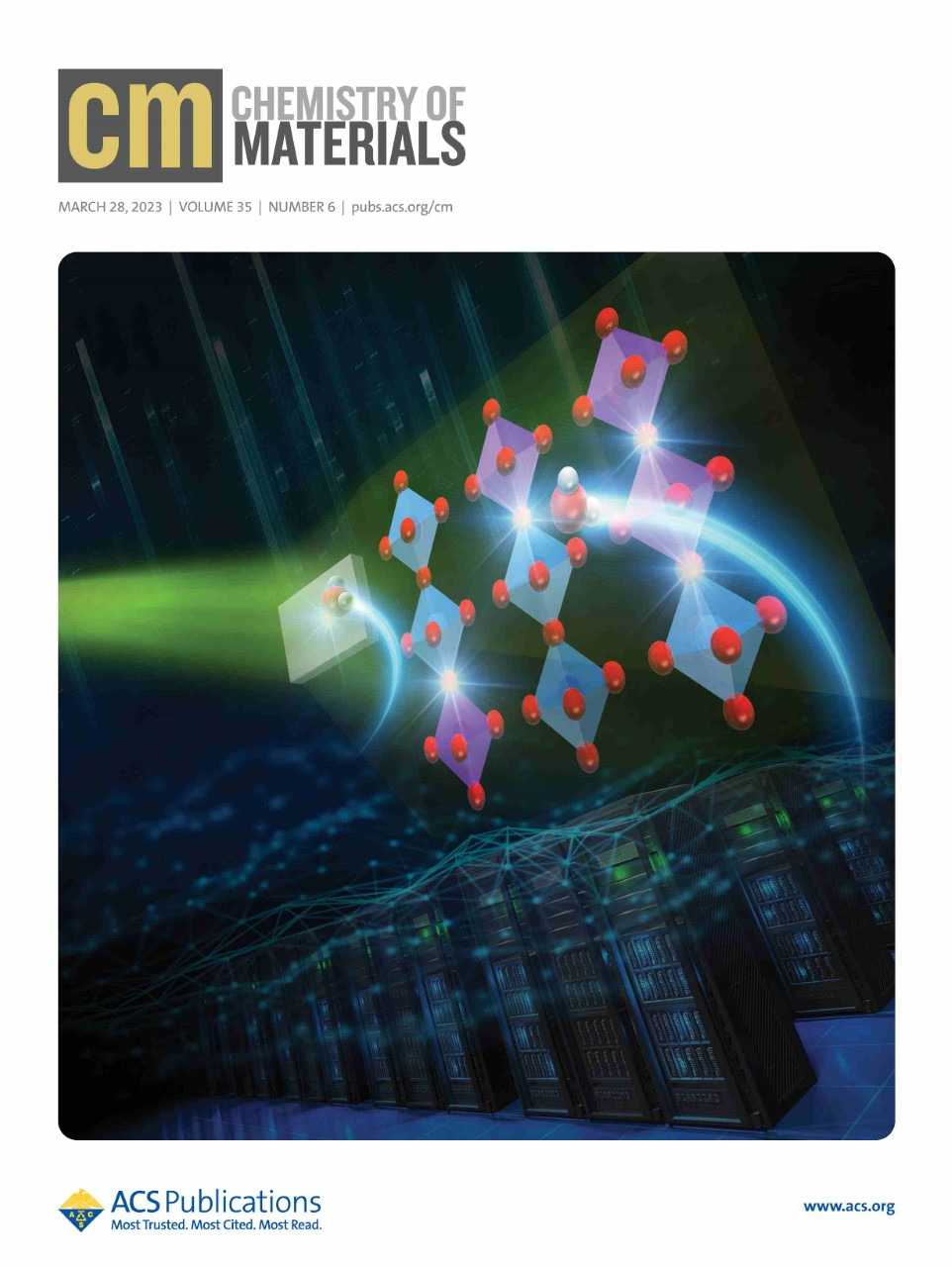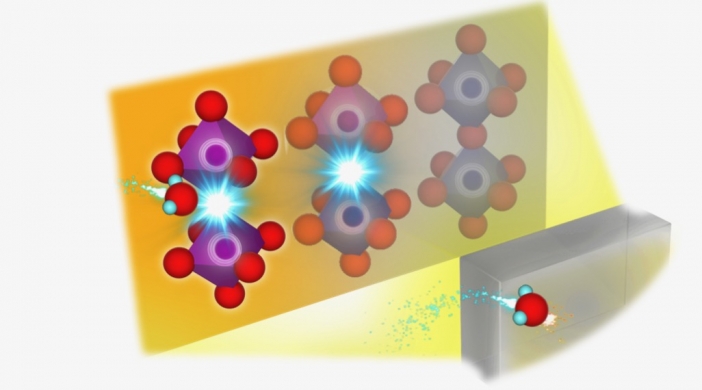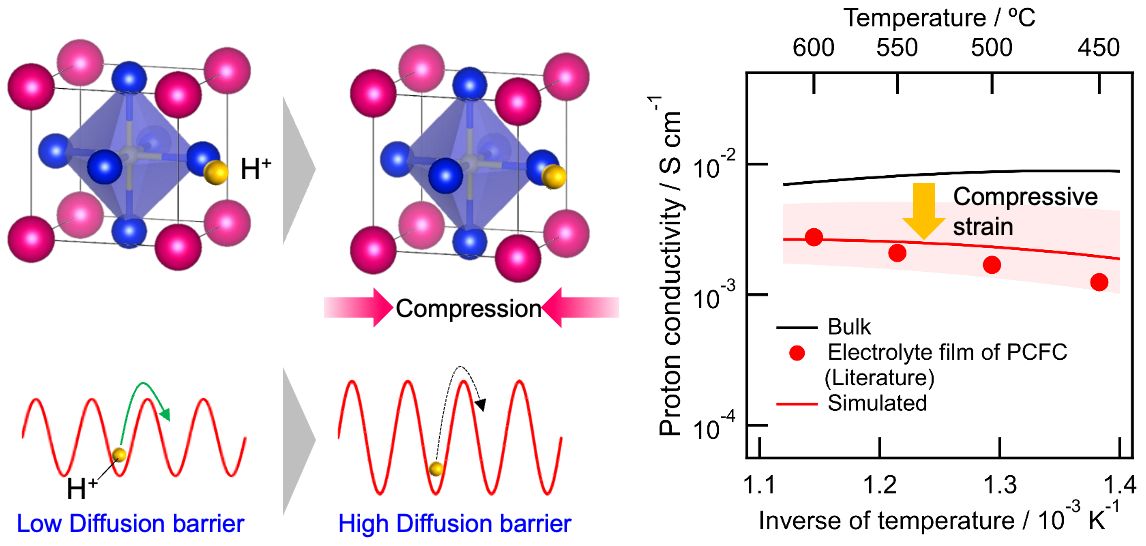(PRESS RELEASE) Machine learning method speeds up discovery of green energy materials
(PRESS RELEASE) World’s First Development and Demonstration of Efficient Search Method for Unconventional Proton Conductors
Breaking Barriers in Genomic Research: Quantum Computing Identifies Single DNA Building Blocks
Prof. Yamazaki’s paper was selected as the cover art!
(PRESS RELEASE) Probe where the protons go to develop better fuel cells
(PRESS RELEASE) A little strain goes a long way in reducing fuel cell performance
Prof. Akari Hayashi received the Future Creation Invention Award from the Japan Institute of Invention and Innovation
Professor Akari Hayashi, coordinator of the Education Promotion Division at Q-PIT has received the Future Creation Invention Award (the year 2022) from the Japan Institute of Invention and Innovation.
The award-winning invention is titled “Invention of ultra-low power consumption type versatile electrochromic material” (Patent No. 5062712).
The details can be found on the official website of the Japan Institute of Invention and Innovation using the following LINK (in Japanese)
Associate Professor Hooman Farzaneh of Future Energy Management Research Unit was adapted for the FY2020 research grants by Kyushu Renewable Energy Agency
Associate Professor Hooman Farzaneh of Future Energy Management Research Unit was adapted for the FY2020 research grants by Kyushu Renewable Energy Agency.
Kyushu Renewable Energy Agency, it aims to contribute to the promotion of the spread of natural energy in Kyushu by subsidizing research on natural energy such as solar power generation.
Tytle of Research: Design and development of a low cost highly efficient Microgrid control in Chikushi Campus
Q-pit faculty member’s interview with ACP on Quantifying and Visualising Co-benefits in Asia
Q-pit faculty member’s interview with ACP on Quantifying and Visualising Co-benefits in Asia
The contents can be confirmed with the link below.
https://www.cobenefit.org/publications/images/ACP_Newsletter%20Vol19.pdf
Associate Professor Tatsuya Wakeyama of The University of Kyushu won the Outstanding Presentation Award at Japan Wind Energy Association.
Associate Professor Tatsuya Wakeyama of The University of Kyushu won the Outstanding Presention Award at Japan Wind Energy Association.
The paper of Award is Renewable Integration Grid Study for the 2030 Japanese Power System.
Please click here for the details.→http://www.jwea.or.jp/menu2-3.html
